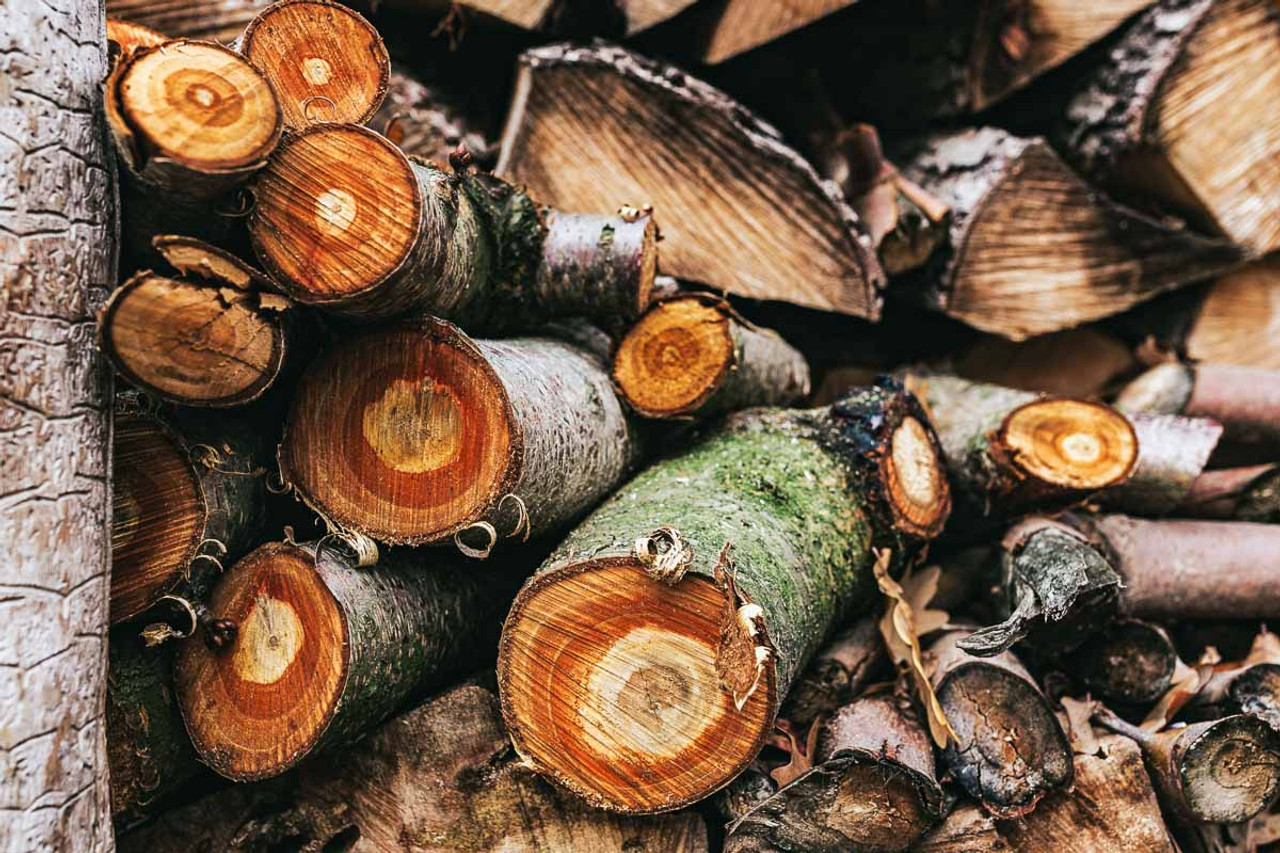Building Product Stacks and Cycles
Optimizing Benefits Through the Art of Stacking, Combining, and Cycling Herbs and Products
At RAW Forest Foods, our commitment to herbalism and the careful study of phytotherapeutic herbs is reflected in our creation of sophisticated product stacks and cycles. By thoughtfully combining adaptogenic and tonic herbs—including Pine Pollen and other proandrogenic botanicals—we aim to harness and amplify their collective health benefits. Here, we delve into how this approach works and why it offers distinct advantages.

Applying the Jun-Chen-Zuo-Shi Framework
At the core of our methodology is the Jun-Chen-Zuo-Shi framework, a foundational approach in both Classical Chinese Medicine (CCM) and Traditional Chinese Medicine (TCM). This approach ensures each herb in a formulation has a targeted and complementary role, creating a balanced synergy that supports optimal wellness.
The Jun-Chen-Zuo-Shi Framework: This time-honored structure categorizes herbs into four distinct roles:
- Jun (Chief/Principal): The primary herb that directly addresses the main health objective.
- Chen (Deputy/Associate): Reinforces the effects of the Jun herb or targets secondary health concerns.
- Zuo (Assistant): Reduces possible side effects and enhances the harmony of the formulation.
- Shi (Envoy): Directs the formulation to specific areas of the body or harmonizes the overall effects.
Core Components in Stacking and Cycling Strategies
Understanding the roles of specific herbs within a stack is essential for maximizing their benefits. We categorize these into two main types:
- Ignitors: Act as catalysts, invigorating the body. Examples include Cistanche tubulosa, known for its energizing properties.
- Nutritives: Serve as the foundation of nourishment and support. Examples include RAW Pollens like Pine Pollen, rich in vitamins, minerals, and amino acids.
Pine Pollen: A Key Element in Herbal Stacks
Pine Pollen, valued for its adaptogenic and phytoandrogenic properties, serves dual roles within herbal stacks:
- As a Nutritive, providing foundational nourishment.
- As an Ignitor in tinctured form, where it catalyzes energy and vitality.
This versatility makes Pine Pollen an ideal choice for diverse health objectives, including supporting testosterone levels and enhancing resilience.
Deeper Insights into Herb Roles with Jun-Chen-Zuo-Shi
Let's examine how specific herbs fit into this framework:
- RAW Pollens as Nutritives: All RAW Pollens, such as Brassica and Pine Pollen, primarily function as Nutritives, offering essential nourishment. When tinctured, these pollens take on Ignitor qualities, releasing more active compounds.
- Shilin Stone Forest Elevated Black Ants: Primarily Nutritives, these ingredients provide robust foundational support, with subtle Ignitor qualities that enhance stamina and vitality.
- Functional Mushrooms: With the exception of cordyceps, most functional mushrooms (e.g., Reishi and Chaga) serve as Nutritives, delivering long-lasting immune and health benefits.
- Cistanche tubulosa: A potent Ignitor, Cistanche tubulosa can be effectively paired with Nutritives, such as Kunlun Mountain RAW Brassica Flower Pollen Powder, to achieve balance, supporting both immediate vitality and long-term nourishment.
- Forest Manna Royal Pine Pollen Tincture and Forest Manna RAW Pine Pollen: The tinctured form acts as an Ignitor, complementing the nutritive properties of RAW Pine Pollen for enhanced energy and endurance.
- Buddha Blend RAW Reishi Spores and Extract Powder: This unique blend combines Ignitor and Nutritive qualities, making it a comprehensive choice for overall wellness support.
Practical Tips for Stacking and Cycling Herbs
To optimize your herbal regimen, consider the following tips:
- Define Your Goals: Determine if you seek immediate vitality, long-term nourishment, or a combination. This will help you select appropriate Ignitors and Nutritives.
- Start Small: Begin with a few core herbs, gradually adding others as you learn how your body responds.
- Observe Your Body’s Responses: Track changes in energy, mood, and health to tailor your stack accordingly.
- Cycle for Sustained Benefits: Use herbs in cycles (e.g., six weeks on, two weeks off) to maintain their effectiveness and prevent desensitization.
Insights from the Herbalist
At RAW Forest Foods, we believe in the profound impact of herbal medicine on health and wellness. By thoughtfully selecting and combining herbs using traditional frameworks and contemporary scientific insights, we create potent formulas to address a broad range of health needs. The key to effective herbal stacking and cycling is understanding your body’s responses, beginning with a few foundational herbs, tracking your progress, and adjusting your regimen to maintain balance and effectiveness. We wish you success on your journey of herbal wellness!
Further Reading and Resources
For comprehensive guidance, explore our in-depth article, Stacking and Cycling Pine Pollen to Improve Testosterone. This resource provides detailed insights for effectively combining herbs, whether your goal is to support natural testosterone levels, alleviate stress, or embrace a holistic approach to health.
Originally published on February 7th, 2019, this post has been updated to incorporate key insights from our article, Building Product Stacks and Product Cycles: The Mindful Approach to Stacking Herbs and Cycling Stacks.
Site Disclaimers
General Guidence
The content on this site is provided for educational and informational purposes only and should not be construed as medical advice. Always consult a qualified healthcare provider before making changes to your diet, lifestyle, or health regimen, particularly if you are pregnant or nursing, under the age of 18, managing allergies or known sensitivities, or living with any medical conditions.
At RAW Forest Foods, your safety is our priority. Please note that our products are dietary supplements, not medications. The following disclaimer applies:
* These statements have not been evaluated by the Food and Drug Administration. These products are not intended to diagnose, treat, cure, or prevent any disease.
Ingredient Transparency and Allergen Awareness
We are committed to providing transparent ingredient information to help you make informed decisions. If you have or suspect you have allergies to any of our ingredients, we strongly advise against using our products, as allergic reactions can be severe.
Interaction with Medications
If you are taking any medications, consult with your healthcare provider before using supplements. Certain supplements may interact with medications, potentially altering their effectiveness or causing unwanted effects.
For more details, please review our full Terms and Conditions.






